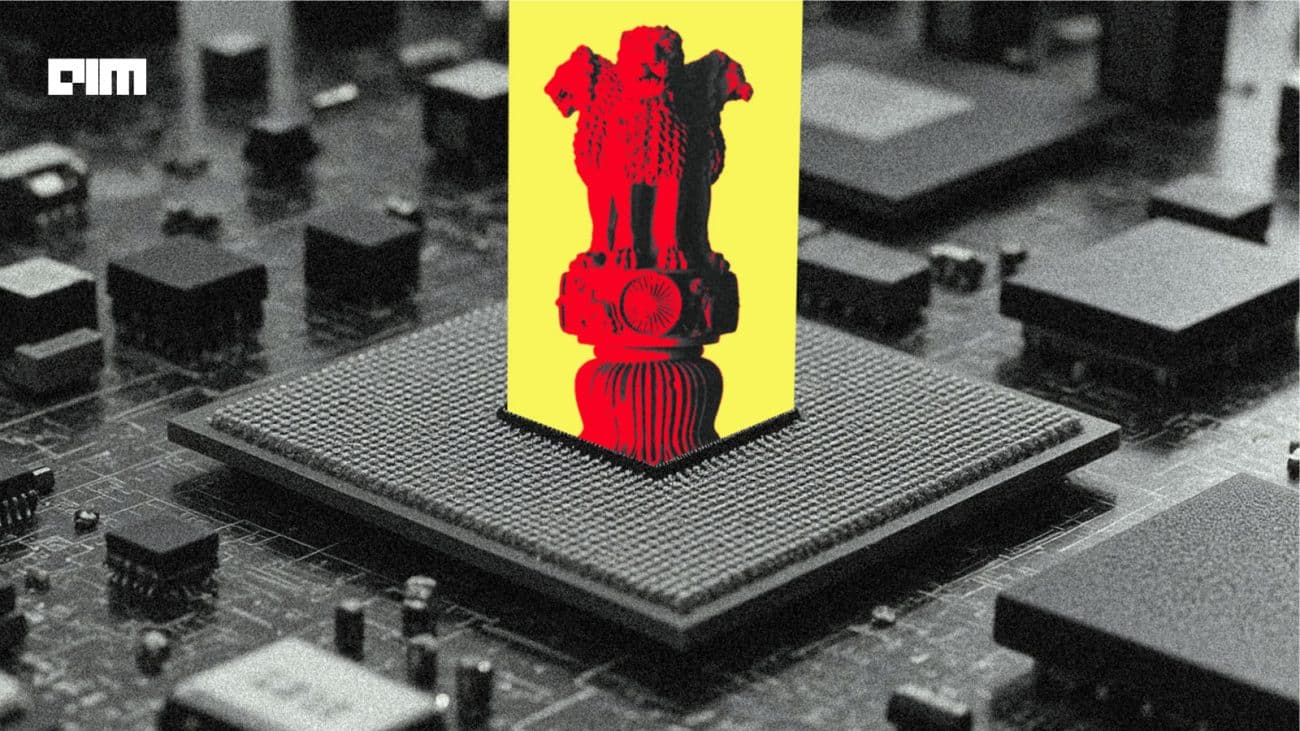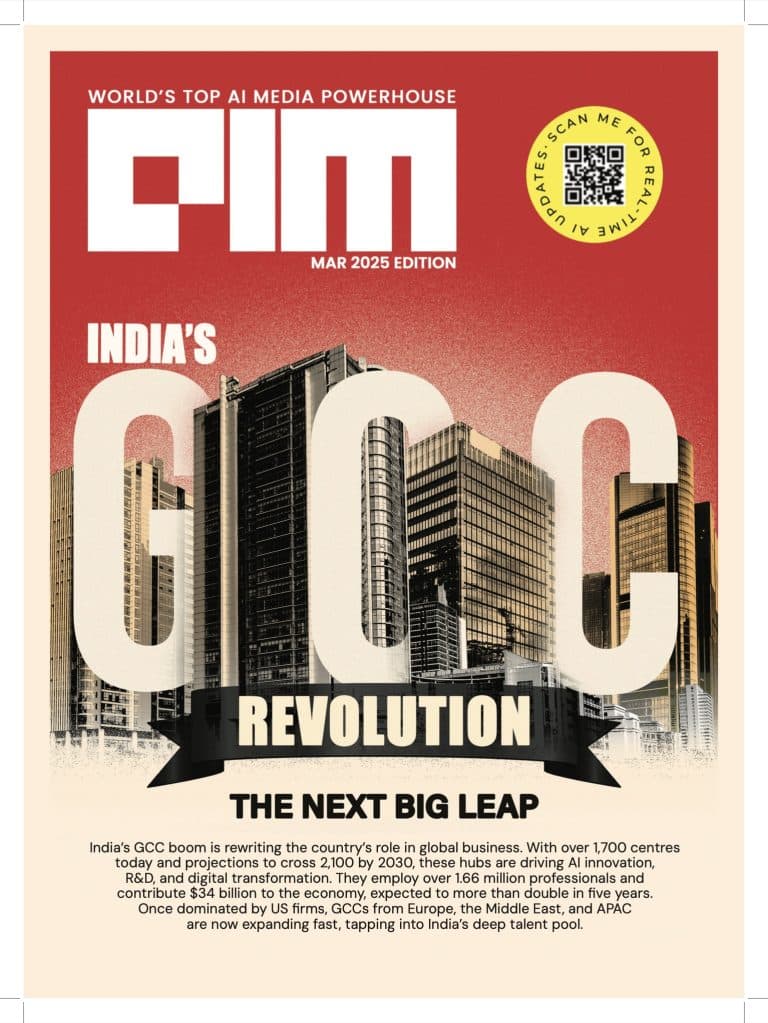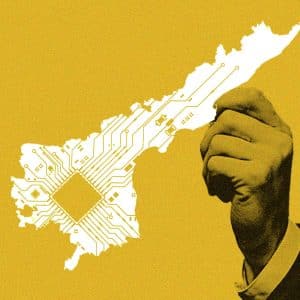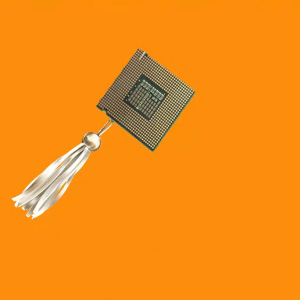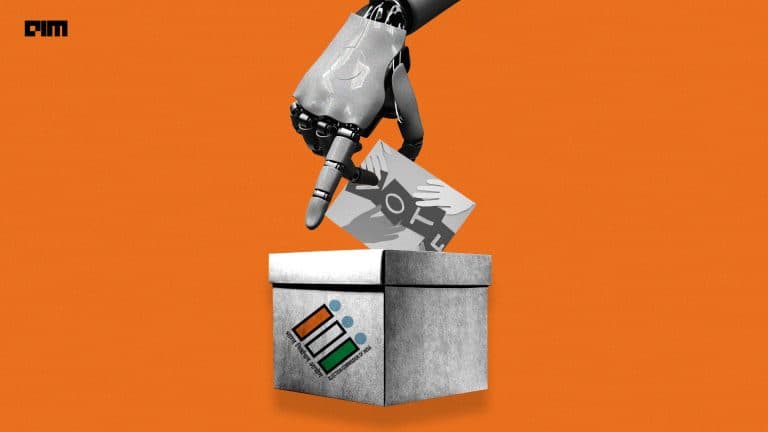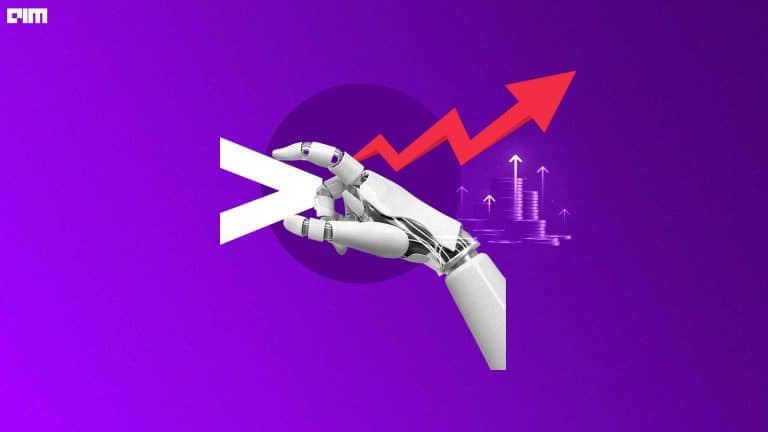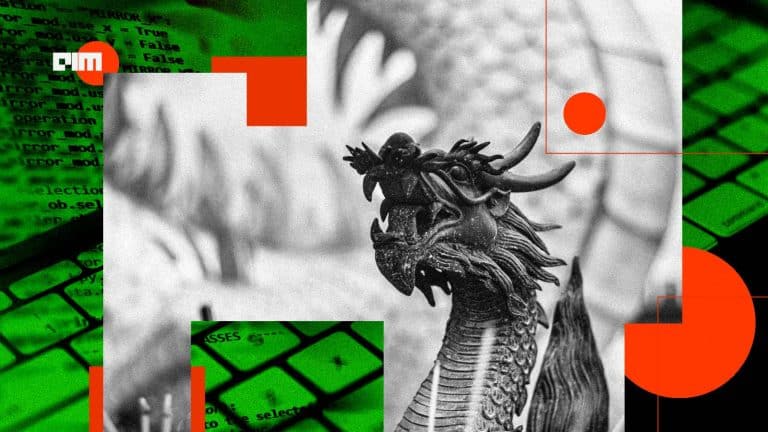The United States’ decision to impose a 25% tariff on semiconductors from April 2 has sent ripples through the global tech industry. India, an upcoming player in the semiconductor landscape, finds itself in a unique position to potentially capitalise on this decision.
While the US and other major semiconductor players grapple with the fallout, India remains relatively shielded. Ashok Chandak, president of the India Electronics and Semiconductor Association (IESA), noted that India is unlikely to experience major short-term consequences.
Given it is not a major semiconductor exporter to the US, India’s import duty on semiconductors is already zero, eliminating reciprocal tariff concerns.
At the Saudi Arabia-based FII Priority Miami 2025 event held from February 19-21, US President Donald Trump revealed his plans to announce tariffs on cars, semiconductors, chips and others over the next month or sooner.
India’s Tariff Shield
In January, the US had sent shockwaves through the global tech industry when the then-Joe Biden and Kamala Harris administration announced a regulatory framework for the responsible diffusion of advanced AI technology.
Notably, India found itself excluded from the privileged list of 18 allied countries granted unlimited access, and instead, it was placed among the third-tier destinations that require explicit licensing.
This is not to say that India is entirely unaffected. The global semiconductor industry is interconnected, and disruptions in one region inevitably have ripple effects elsewhere.
However, India’s focus on domestic semiconductor consumption, with upcoming manufacturing and Outsourced Semiconductor Assembly and Test (OSAT) facilities catering to global brands, positions the nation favourably.
As domestic demand rises, domestic supply also grows, reducing the dependence on imports and alleviating the effects of tariffs. India’s focus on ‘Aatmanirbhar Bharat’ or self-reliant India, has also helped make India less reliant on global tech.
Tariff Tussle, Who Wins?
Earlier this month, Trump announced that the US will grant a one-month exemption from tariffs on imports from Mexico and Canada for US-based automakers.
White House press secretary Karoline Leavitt additionally expressed that the president is “open” to hearing requests from other industries seeking exemptions as well.
The immediate impact of the tariffs is a rise in costs for US consumers. Countries like Taiwan, South Korea, and China dominate global chip manufacturing, and their products currently face a significant price disadvantage in the US market.
According to Chandak, the tariff will significantly increase the cost of semiconductors imported into the US, particularly from these countries.
This cost increase inevitably translates to higher prices for electronics. Smartphones, laptops, electric vehicles, and various industrial electronics will become more expensive, impacting consumer spending and potentially dampening demand.
US companies reliant on semiconductor imports, including tech giants like Apple, NVIDIA, and Tesla, will face increased production costs, squeezing profit margins or forcing them to pass expenses onto the consumer.
As highlighted by Brad Smith, vice chair and president of Microsoft, the Biden administration’s AI diffusion rule risks undermining US leadership in the global AI race.
While intended to protect national security by restricting exports of advanced AI chips to adversaries like China, the rule imposes unnecessary quantitative caps on exports to many friendly nations, including India.
This Tier 2 classification discourages American companies from building AI infrastructure in these countries, pushing them to seek alternatives—likely benefiting China’s rapidly expanding AI sector.
Smith also emphasised that such restrictions create uncertainty for US allies and partners, limiting their access to critical AI technology and stifling economic growth.
Ironically, this comes at a time when American tech firms, like Microsoft, are prepared to invest billions globally in AI infrastructure, for example the recent $3 billion investment to expand Azure in India.
Smith argued that simplifying the rule and eliminating caps while retaining robust security standards would not only strengthen US economic opportunities but also reinforce alliances critical in countering China’s influence in AI.
Beyond the Immediate Impact
The long-term implications of the tariff are more profound. The move could accelerate the trend toward regionalisation.
Companies are incentivised to diversify supply chains, seeking tariff-free regions to source chips or increase domestic investments to mitigate risks. India stands to benefit from this shift. The US is also actively trying to attract chip manufacturing investments, but the tariffs could make other locations, including India, more attractive.
The establishment of new semiconductor manufacturing partnerships is complex and time-consuming. As per Chandak, semiconductor fabs are capital intensive, costing between $10 billion and $25 billion per site.
Companies must carefully consider talent availability, tax policies, regulatory frameworks, and environmental conditions. India is actively working to improve its appeal in all these areas. However, entry barriers and scaling challenges stall India’s semiconductor push.
Shifting Alliances, New Opportunities
The US tariff has geopolitical consequences. Taiwan, with the Taiwan Semiconductor Manufacturing Company (TSMC) and South Korea, with Samsung, dominate semiconductor manufacturing.
The tariff could strain diplomatic and trade relations with these key US allies, allowing other nations to strengthen semiconductor trade relationships.
Europe and Asia could enhance semiconductor collaboration to ensure independent supply chains. This potential shift underscores the move from globalisation to regionalised production hubs to mitigate future trade risks.
The US move might violate the Information Technology Agreement (ITA). This international treaty, signed by the US and many countries, aims to eliminate tariffs on information technology products, including semiconductors.
This move could face resistance from major US semiconductor companies relying on Asian foundries and OSAT facilities.
Roadblocks Ahead
The US semiconductor industry is not standing still. While initiatives like the CHIPS and Science Act aim to incentivise domestic production, Trump recently gave a speech to the Congress to demote it.
“The CHIPS act is a horrible, horrible thing. We give hundreds of billions of dollars and it doesn’t mean a thing. You should get rid of the CHIPS Act and whatever is left over, Mr Speaker, you should use it to reduce debt.”
Scaling US manufacturing requires significant investment and time, establishing high-volume, cost-competitive fabs takes years, even with government incentives.
The immediate benefits of the tariffs are limited. “No company will shut down an existing multi-billion-dollar fab to relocate operations overnight. Instead, new investments will be carefully planned based on long-term demand forecasts,” Chandak said.
The tariff encourages domestic production and aligns with US national security objectives but presents substantial risks. These risks include global supply chain disruption, increased consumer costs, and strained international trade.
Ultimately, companies prioritise zero tariffs on components and materials for semiconductor production over the chip itself. Broader supply chain implications could outweigh the tariff’s intended benefits.


